One of the best ways to get your kids outside this summer is to get them into a canoe. This family activity may seem daunting at first with little ones but over the years I have found some great tips and tricks to prepare the whole family. Let me be the first to admit that I am not a hardcore canoeist. I love to get out and paddle but have found it hard to get away the last few years for more than just a day trip. In saying that my kids are at an age where they want to join and there is no danger of them jumping overboard again (it happened my first year I took them canoeing on my own). These are some of the practices that worked best for me in prepping my kids for canoeing; after many frustrated hours of thinking I could just pop them in the canoe and head out.
Practice practice practice. This saved us a whole lot of whining, crying and frustrations over the years. We put our canoe out on the grass at home and spent a great deal of time practicing getting in and out, how to sit, how to paddle and what is appropriate and not appropriate behavior. This also gave us the opportunity to try on the lifejackets and get used to wearing them. The kids thought it was hilarious that we were canoeing on the grass. I felt much safer and it gave us an opportunity to plan how much space we have and how heavy the canoe was going to be when loaded with food, drinks, fishing gear, etc.
Getting them involved in planning the trip was a huge part of our preparation. Whether we were going for the day or multiple days, the kids loved to be a part of it. We printed off maps at home and got the kids to find out what each symbol means from campsites to rapids to defining what the color of the lines mean. We also made a packing list and explained why some food was a good choice and other food wasn’t. Explaining to them how to pack was easy when we used relevant examples. My son wanted to bring his camera and put in directly into his backpack. By explaining that if his backpack went overboard everything would get wet; we managed to convince him to put it into a Ziploc bag. Those soon became the favorite of things to use to keep things dry.
Having the right equipment for kids is essential. Maybe the worn out sleeping bag that you have used for the past 20 years is fine for you but I guarantee your child will be cold in it. They need to stay warm, feel safe and most of all be dry. Setting up a successful paddle starts with a few key gear items for kids. A whistle is a great tool to keep attached to your children at all time, allowing them to call for help if they need it. Each child should have their own headlight or flashlight along with a small daypack that they are responsible for carrying. As they get older, more stuff can go into the packs but for the young ones a few snacks, sunscreen and a favorite toy will be more than enough to carry. Rain gear, extra socks, emergency kits, plenty of water and snacks are essential.
Sitting on a hard cold canoe seat isn’t going to go over very well with kids, especially if you are planning on a long paddle. By the way, make sure you are prepared to cut back on that paddling; kids simply can’t last all day in a canoe. You will want to have a seat cushion and perhaps something to lean against for the kids. If you feel your kids are old enough to paddle and this will depend entirely on their attitudes and personalities; make sure you are purchasing an appropriate paddle size. A good tip is to tie the paddle off with a piece of cord so you are not stopping every 10 minutes to retrieve a dropped paddle. Make sure if you are letting little ones paddle you aren’t expecting too much from them. Count on doing the paddling yourself while the kids skim the water for lily pads, keep a lookout for wildlife and sit back and enjoy the ride.
Prepare for the unexpected. Rain storms happen, boots leak, canoes tip and water levels fluctuate. Kids have to use the washroom far more than adults. They also want to stop more often than adults. Bugs are worse is some areas than others. You may have neighbors that party all night. All of these situations must be accounted for before you leave the house. It means you pack more things; such as extra bug spray and earplugs and books that keep the kids occupied for an hour while canoeing a boring stretch. It means you carry more, you paddle harder and you stop often. It means that you will avoid the crying, the frustrations and the whining. It ensures you and your kids will have an amazing vacation, make unforgettable memories and trust me; you’ll thank me that you prepped properly.
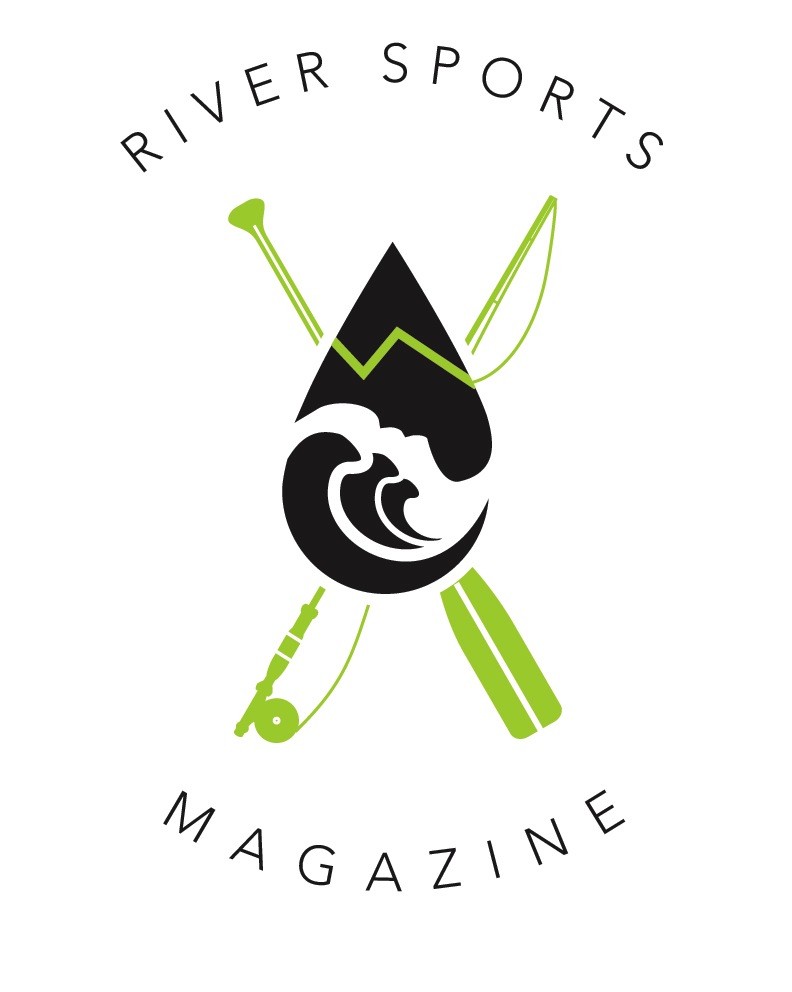
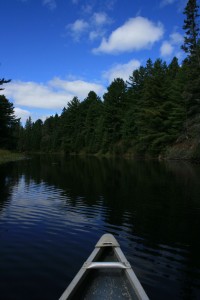
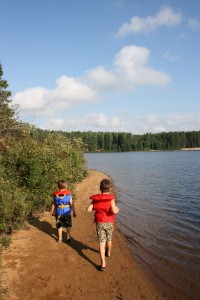
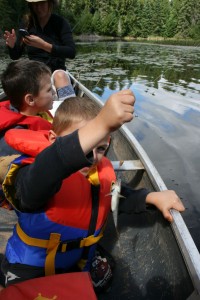
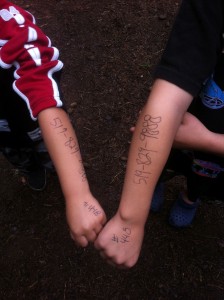
Leave a Comment